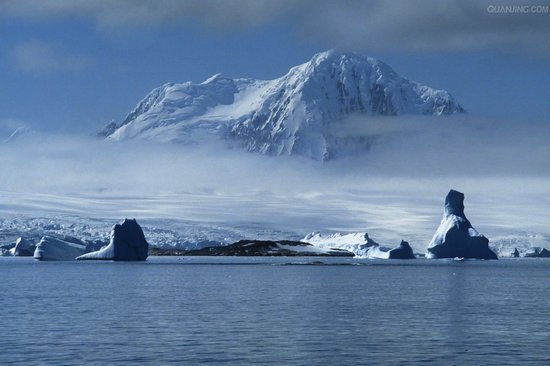Contact Us | 中文简体 | 中文繁體 | English
Antarctic Islands

Antarctic islands are located south of 60°S. Most lie close off shore from the Antarctic continent but a few form discrete island groups 100–500 km from the mainland (e.g. South Shetland Islands and South Orkney Islands). Discovered by nineteenth century sealers and whalers before landfall was made on the Antarctic continent itself in 1820, many islands now provide accessible sites for the location of scientific research stations in the Antarctic. The islands support a rich fauna of seals, penguins and marine birds as well as a variety of mosses and lichens. Several have been designated as protected areas.
They range in size from clusters of rocks and small (< 100 m long), low-lying islands to single large islands such as Alexander Island and Thurston Island (about 430 and 220 km in length, respectively). Most are ice-covered, with ice-free ground limited to low-lying peninsulas (as in the South Shetland Islands). Several of the larger islands rise to over 2000m in height and have rugged rocky ridges and smooth, ice-covered peninsulas (Alexander Island). Two islands have active volcanoes (Deception Island and Ross Island).
Their names commonly reflect the history of Antarctic exploration. For example, Ross Island was discovered by Sir James Clark Ross in 1841.



